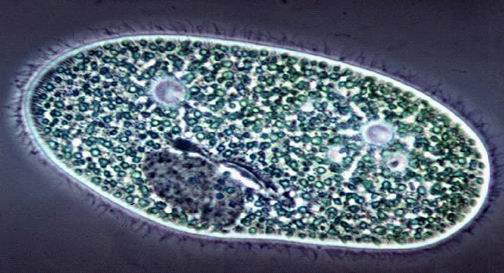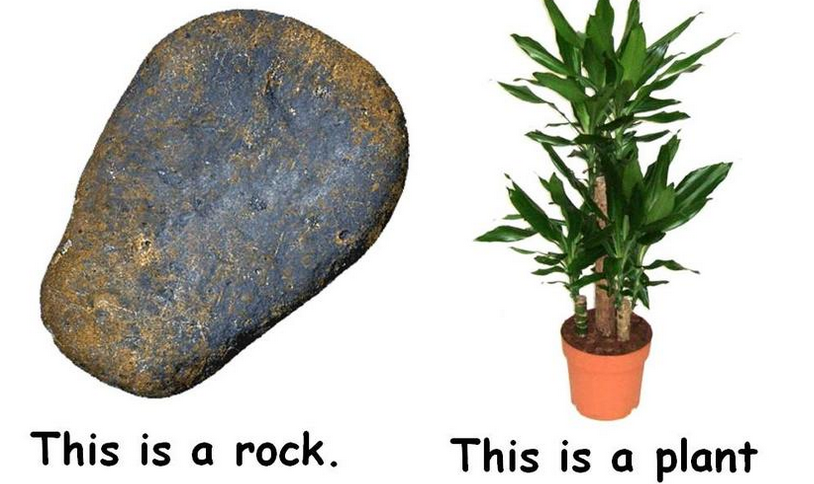In this unit you will learn:
1. The differences between living and non-living things.
2. How to classify living things into groups.
3. The three life processes of nutrition, reproduction and interaction in plants and animals (humans included).
There are living things and non-living things all around us. We can classify anything on the planet into these two groups.
All living things have the same characteristics:
Living things need oxygen, food and water to live.
Non-living things can be natural or man-made.
2. CLASSIFICATION OF LIVING THINGS
You already Know that people, animals and plants are living things but, can you thing other types of living things?... Yess!!
We classify living things into more different groups. To do this we identify similarities and group similar things together.
We have these types of living things:
a. Animals
b. Plants
c. Fungi
d. Protists (Algae and Protozoa)
e. Bacteria (Microorganisms)
a. Animals
- Feed on other living thing.
- Can move. Most animals can move from one place to another.
- Can be viviparous (are born live) or oviparous (are born from eggs).
- Can be herbivores, carnivores or omnivores.
- Can be vertebrates or invertebrates.
- Have senses.
- Feed on other living thing.
- Can move. Most animals can move from one place to another.
- Can be viviparous (are born live) or oviparous (are born from eggs).
- Can be herbivores, carnivores or omnivores.
- Can be vertebrates or invertebrates.
- Have senses.
Questions:
*Are insects animals?
*Are bacterias animals?
* What is the one odd out? Why? Lion - Ant - Cucumber - Snake
- Produce their own food.
- Can´t move from one place to another, but can move towards light or water.
- Plants are born from seeds or spores.
c. Fungi
- Feed on other living things that are decomposing.
- Can´t move.
- Some examples are mould, toadstool and mushrooms.
Mould is fungi
d. Protists:
Algae:
- Produce their own food but have different parts to plants.
Protozoa:
- They are very small protists.
- Feed on other living things.
- They can live in different habitats.


e. Bacteria (microorganisms)
- Are very small organisms.
- We can only see them under a microscope.
3. LIFE PROCESSES OF ANIMALS AND PLANTS
But we are only going to see how plants and animals carry out these life processes.
a. Nutrition
b. Interaction
c. Reproduction
4. LIFE PROCESSES of ANIMALS
Like all living things animals have three life processes.
Living thing song life processes
5. LIFE PROCESSES of PLANTS
Like animals, plants have three life processes.
Example of interaction in plants
Examples of life processes
Vital Functions of Living Things | Educational Video for Kids
Summary content
Living Things Wiki


































No hay comentarios:
Publicar un comentario